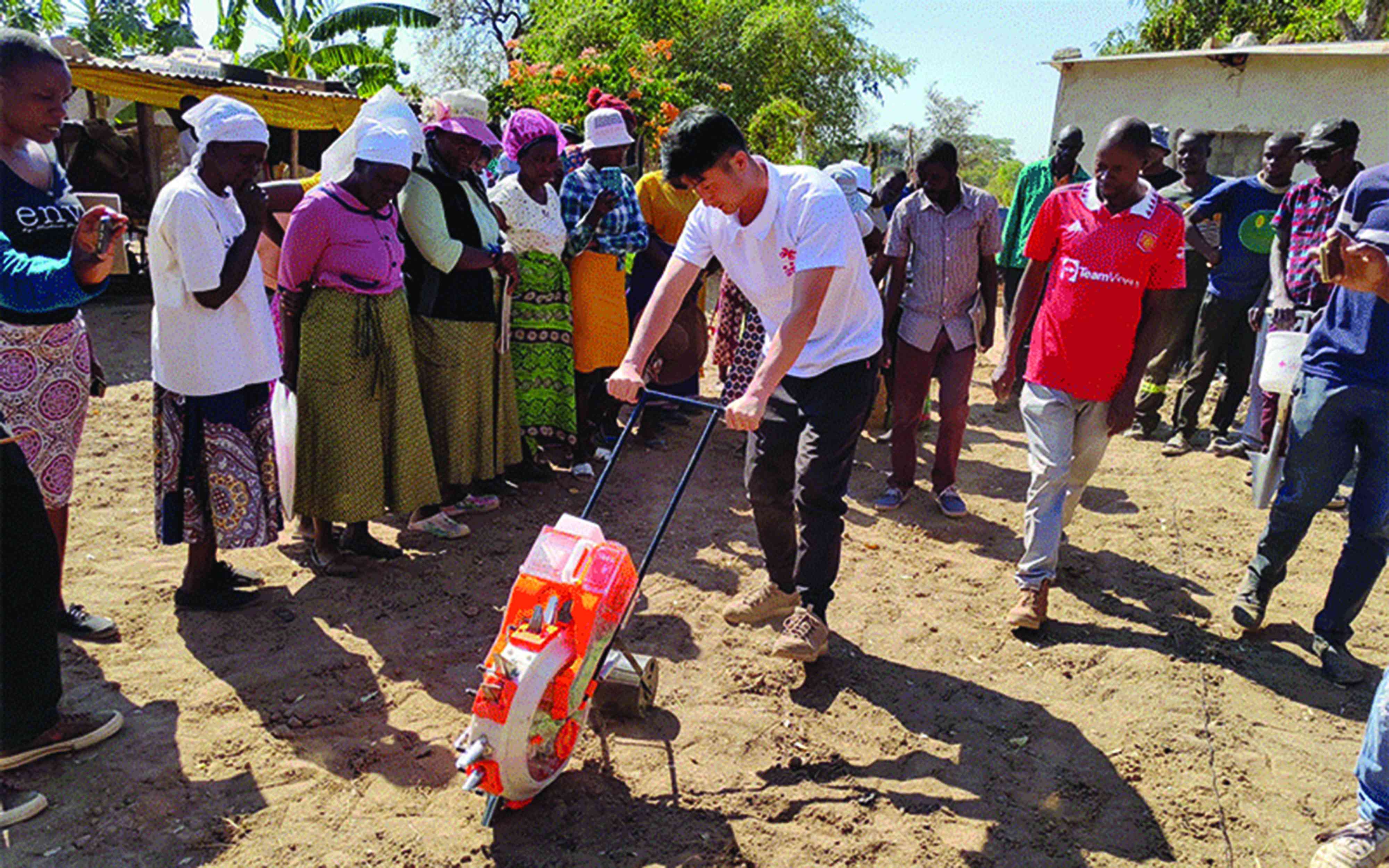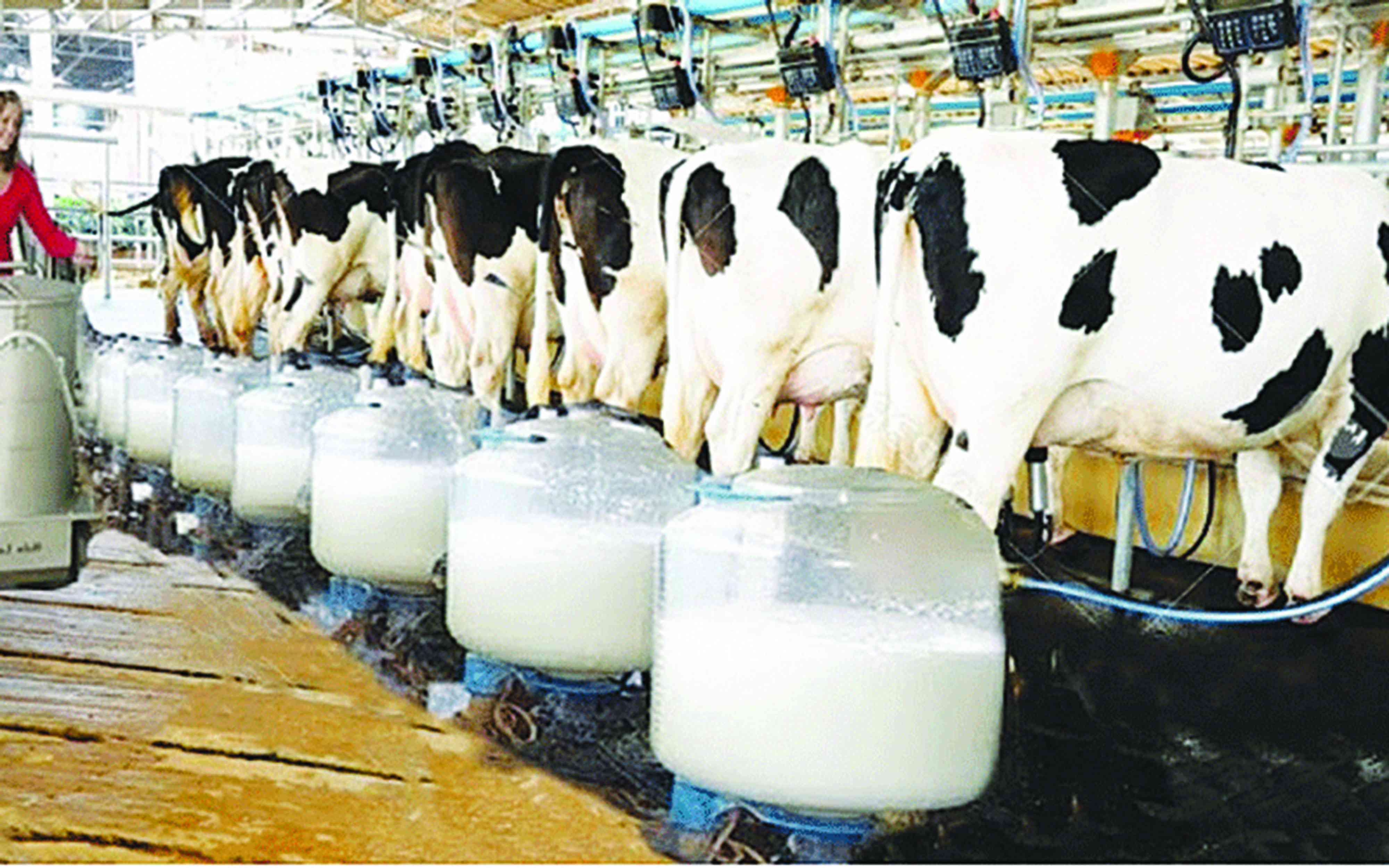
GOVERNMENT has said some of the money from the Special Drawing Rights (SDR) facility will be used to help coffee producers build a plant in Manicaland province.
In August 2021, Zimbabwe received SDR677,4 million (US$958 million) from the International Monetary Fund under the General Allocation of a global US$650 billion fund to support countries recover from the COVID-19 pandemic.
Part of the money has been used to support infrastructural development, health, agriculture, horticulture, social welfare and other critical needs though not to a full extent.
Government announced during a post-Cabinet briefing last week that it would support coffee producers in Manicaland province with setting up the processing plant.
“Accordingly, the government will assist farmers in processing and marketing their produce. In particular, coffee producers in Manicaland will be assisted through the setting up of a processing plant, using resources from the Special Drawing Rights facility,” Cabinet said.
Previous research has found that the most common coffee bean in Zimbabwe is the arabica coffee bean. Since the country enjoys warm weather throughout the year, it provides ideal conditions for growing that particular strand.
High altitude terrain in the country’s east and north can help maintain a more consistent climate and humidity level.
The country also receives a lot of rain around the end of the year.
- Dual economy Zim’s Achilles heel
- Young entrepreneur dreams big
- Chibuku NeShamwari holds onto ethos of culture
- LSU students win innovation prize
Keep Reading
Manicaland, to the country’s east, is widely regarded as one of the best coffee-growing regions in the world.
The province’s Chipinge, Chimanimani, Mutasa and Mutare areas are known for producing beans with an exceptionally rich flavour and aroma.
At its peak, in the 1990s, Zimbabwe used to produce 15 000 tonnes of coffee annually which has since fallen after farmers shifted to such quicker cash crops as cotton, tobacco, sugar beans and soyabeans.
At its peak in the late 1980s, the coffee sector employed over 20 000 people and contributed an estimated 2,1% to the gross domestic product and earned the country about US$54 million in foreign currency.
During the early 1990s, coffee production in Zimbabwe was ranked fourth after Kenya, Ethiopia, Uganda and Tanzania.
Due to a multitude of factors, including some growers choosing alternative crops including macadamia nuts, bananas and avocado that they believed to be more lucrative and with low production costs, coffee production decreased to its lowest level of 206 tonnes in 2010.
“In 2021, coffee production for Zimbabwe was 653 tonnes. Though Zimbabwe coffee production fluctuated substantially in recent years, it tended to decrease through the 1972 - 2021 period ending at 653 tonnes in 2021,” partly read a research by the Knoema Corporation, a privately-owned American-based data technology company.











